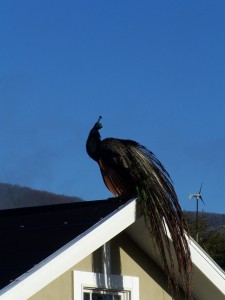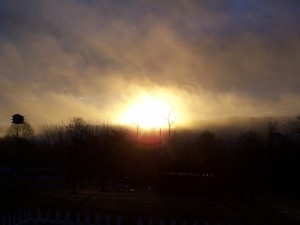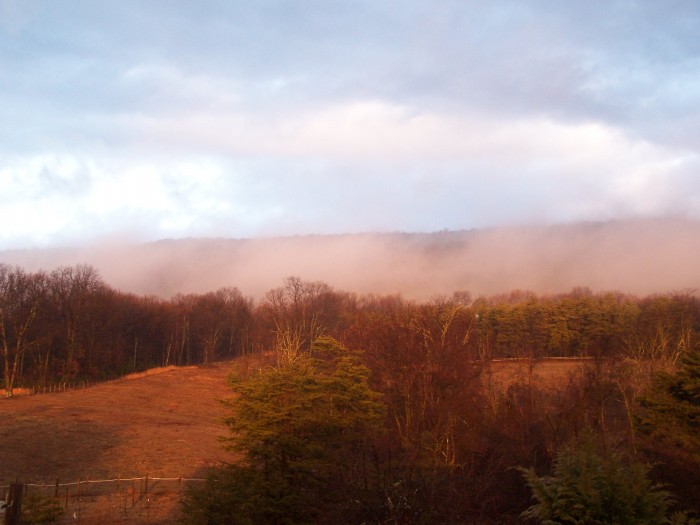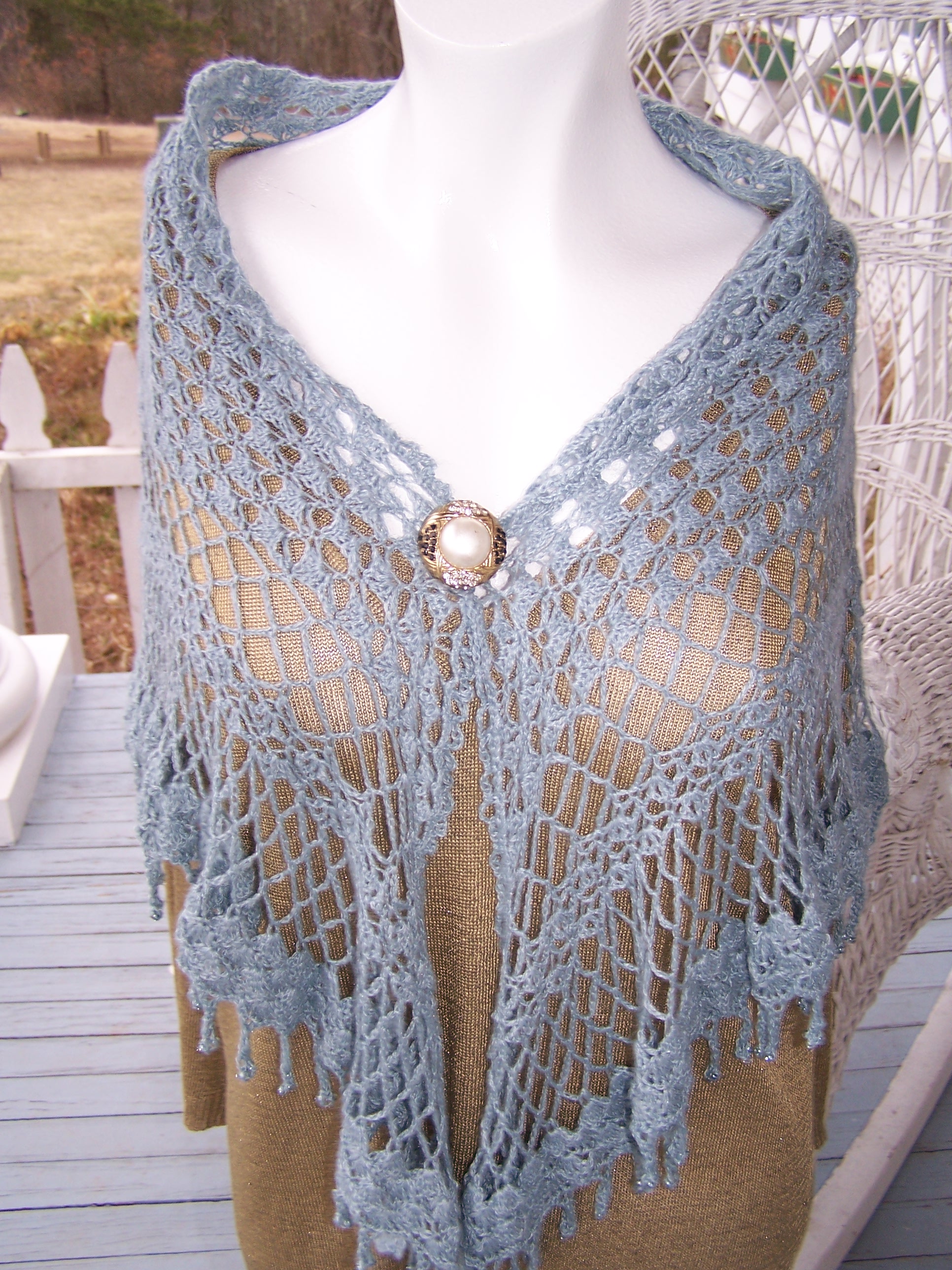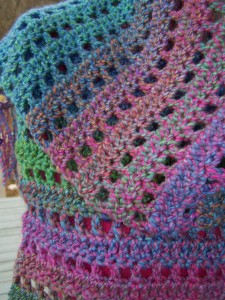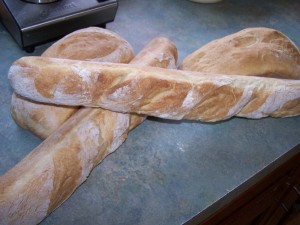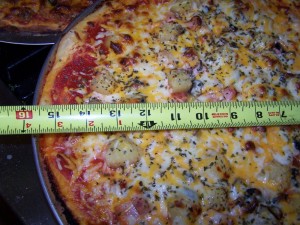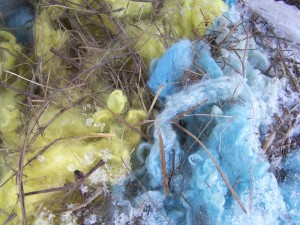Waste not, want not. Timeless advice we adhere to. In this case, we have purchased a butchered pig from our butcher. We are using the layers of fat next to the skin and throughout in order to render it into lard for cooking for the next several months. This also makes it possible to use everything except the oink.
We had a lovely snowy day, and the large soft flakes made the world look like a giant snowglobe.

We learned to render lard about fifteen years ago from neighbors we had at a previous farm. They were true locals having been born and raised in that area. When we first met them their farm did not have an indoor bathroom and they used the outhouse. They butchered several hogs each year, and cured their own meat in a curing shed built specifically for that purpose. It was an incredible learning experience, to help them on butchering day, and the camaraderie and joviality of the day always made it something to look forward to.
It may be difficult for some to see this the same way, and I understand. However, one thing that stood out to me was that in these old-fashioned butcherings, there was absolutely no waste. From the head, which they boiled to make Head Cheese, all the way to the tail which went in the lard rendering, every portion of the animal was used.
It is a good idea to do the cooking outside, since boiling fat can generate a lot of splattering grease. But we are going to start indoors in order to cut the meat. We are starting with the pork scraps provided by the butcher. In addition to all the nice cuts of meat and sausage, we also received all the belly fat and skin pieces, which have lots of fat attached to them. Those are the parts you can buy in the grocery store as “pork rinds” those fluffy salty bits of pork. These scraps have a long way to go to look like that.
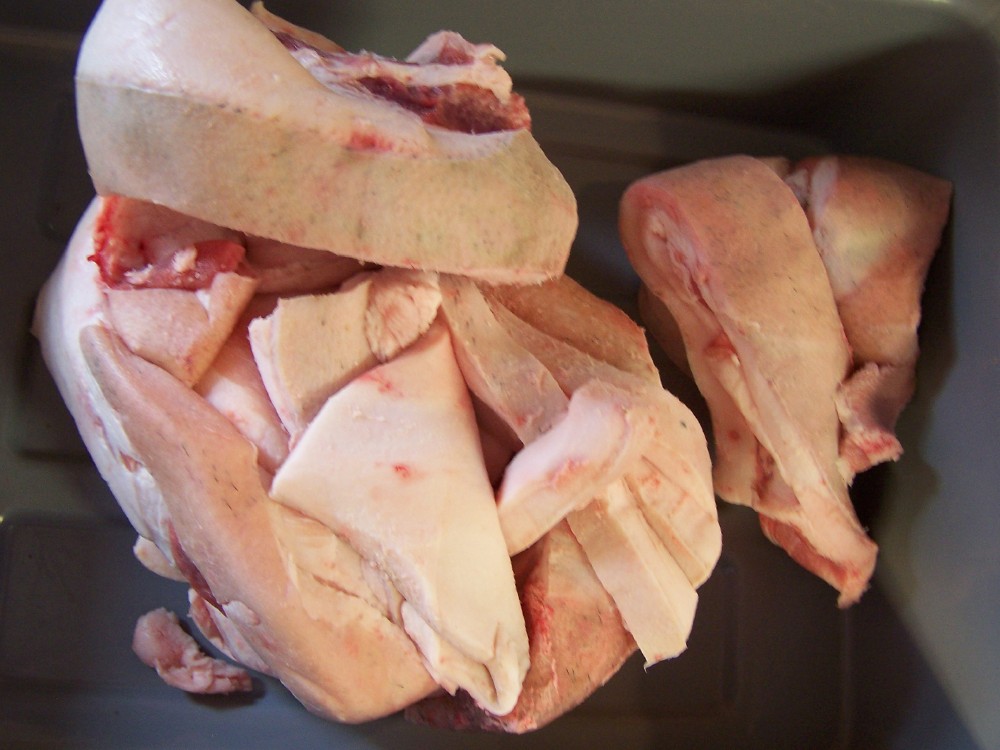
The smaller you cut the pieces, the faster and more thoroughly they will render. We cut them into approximately one-inch (2.25 cm) pieces. The fat is easiest to cut if it is still quite cold and firm.

Then we move outside to boil and reduce these pieces. This demands constant supervision, since the goal is to have the boil hot enough to extract the fat from the pieces, but not to burn the fat. There is also the risk of fire so its best to keep a close eye on this process. When cooked long enough, the skin pieces will start to “puff” like the store rinds.
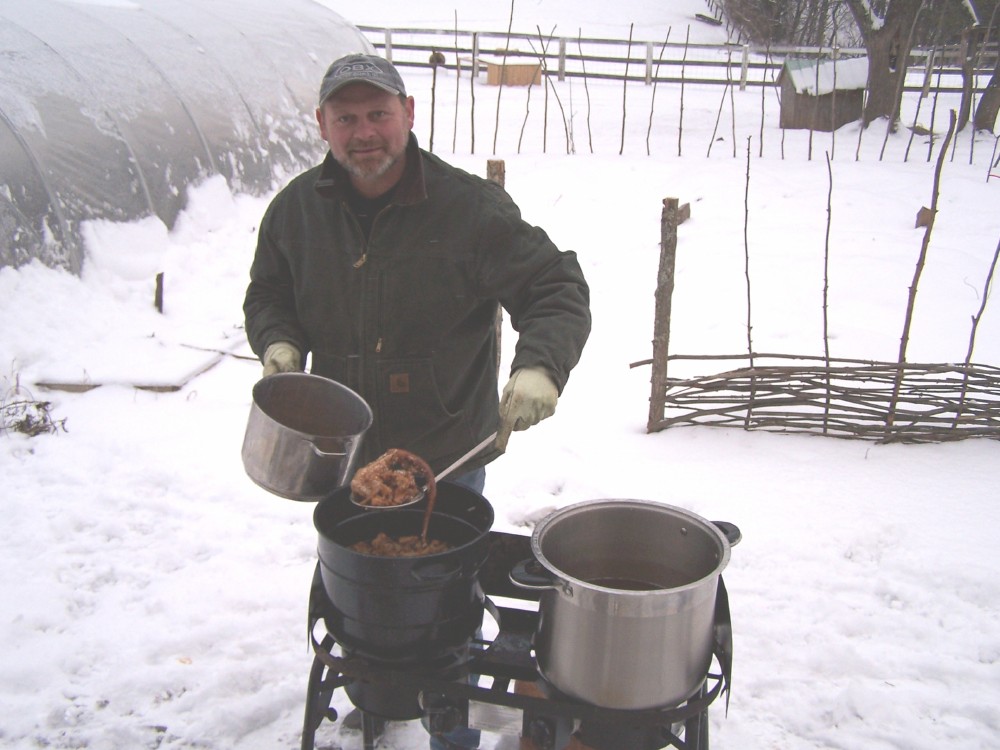
When the pieces are a deep golden brown and starting to puff, they are removed and placed in a lard press. These presses are getting harder to come by, but there are still some suppliers that carry them. The lard press can also be used for making apple cider, so it is a handy dual purpose machine to have around. The press exerts considerable pressure to the cooked pieces and extracts the fat out which pours into a large pot. In the picture below, you can in the bowl see the pressed rinds in the shape of a disk.

Finally we filter and put the rendered lard into containers. Some farmer supply stores sell tins made specifically for this. They are usually large and cumbersome, so we have found that cookie tins work very well. If you decide to use cookie tins, make sure that the container is not leaking as you pour in the hot fat. We pour the fat through a cheese cloth in order to filter out the last bits of rind. These are the coveted “cracklings’ that made the Ingalls children so happy in the Laura Ingalls series of books. We put the containers outside again to cool quickly, and we are left with beautiful white cooking and baking lard.

If I get a chance in the next several days, I’ll provide my lard-based pie crust recipe. Any questions? Email!
